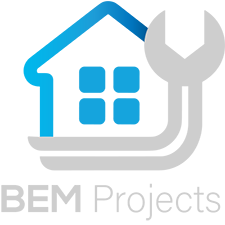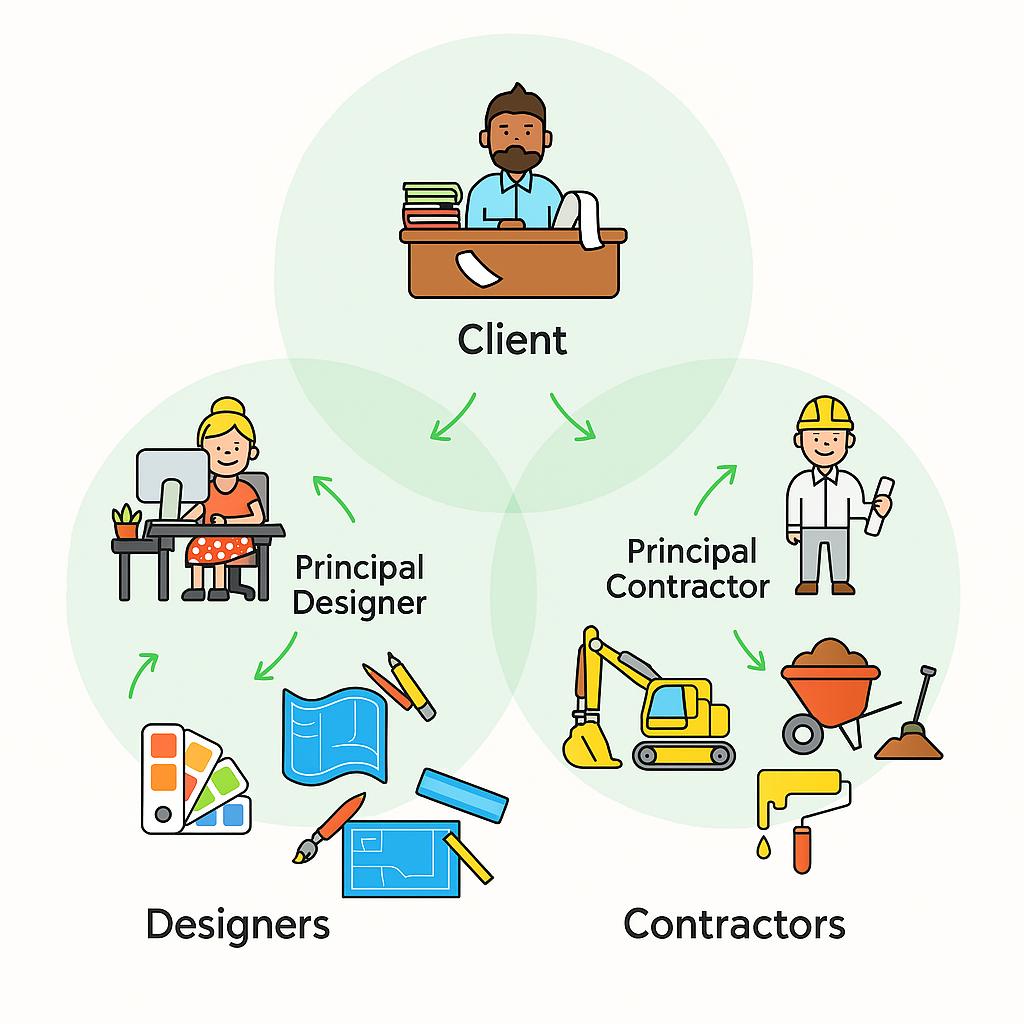Principal Designer
The principal designer, under CDM 2015, is responsible for managing and coordinating health and safety during the pre-construction phase of a project. Their role is critical in ensuring that health and safety risks are considered and effectively addressed right from the design stage. The key duties and responsibilities of the principal designer include:
Planning, Managing, and Monitoring the Pre-Construction Phase: The principal designer ensures that all necessary health and safety measures are planned for, managed, and monitored before construction begins. This includes risk assessments, setting clear expectations, and ensuring the project is structured safely from the outset.
Coordinating Health and Safety Risks: They work with designers to identify, assess, and eliminate or control foreseeable risks that may arise during the construction phase. This includes considering how the project will be built and how workers will interact with the design, ensuring that the risks to their safety are minimized.
Ensuring Compliance with CDM Duties: The principal designer ensures that all designers working on the project comply with their duties under CDM 2015. This includes ensuring that they design in a way that eliminates or controls risks during construction, maintenance, and future use of the building.
Sharing Information with Designers, Contractors, and the Client: The principal designer is responsible for communicating health and safety information to all parties involved in the project. This includes sharing any potential risks identified during the design phase and ensuring that all parties are aware of the project’s health and safety considerations.
Preparation and Maintenance of the Health and Safety File: The principal designer is responsible for preparing the health and safety file, a document that contains important health and safety information about the project. This file is handed over to the client once construction is complete and is crucial for future maintenance and repair work.
Collaboration with the Principal Contractor: The principal designer works closely with the principal contractor to ensure that the construction phase is effectively coordinated. This involves sharing necessary information and ensuring that all design and planning elements are in place to support safe construction practices.
In essence, the principal designer plays a vital role in the early stages of the project, setting the foundation for safe construction practices by proactively managing risks and ensuring compliance with health and safety regulations.

